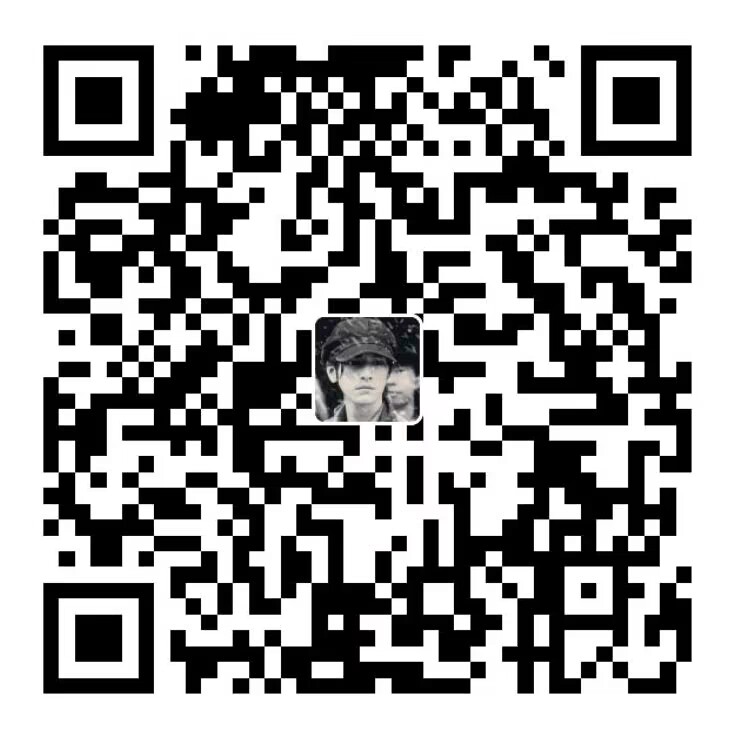jQuery事件
1. jQuery事件注册
1.1 说明

1.2 语法

1.3 代码
1
2
3
4
5
6
7
8
9
10
11
12
13
14
| <body>
<div></div>
<script>
$(function() {
$("div").click(function() {
$(this).css("background", "purple");
});
$("div").mouseenter(function() {
$(this).css("background", "skyblue");
});
})
</script>
</body>
|
2. jQuery事件处理
2.1 说明

2.2 事件处理 on() 绑定事件
2.21 说明
因为普通注册事件方法的不足,jQuery又创建了多个新的事件绑定方法bind() 、 live() 、delegate() 、on()等,其中最好用的是: on()
2.22 语法

2.23 优势



2.24 代码
1
2
3
4
5
6
7
8
9
10
11
12
13
14
15
16
17
18
19
20
21
22
23
24
25
26
27
28
29
30
31
32
33
34
35
36
37
38
39
40
41
42
43
44
45
46
47
48
49
50
51
52
53
54
55
56
57
58
59
60
61
62
63
64
65
66
67
68
69
70
71
72
73
74
75
76
77
78
79
80
81
82
83
84
85
86
87
88
89
90
| <!DOCTYPE html>
<html lang="en">
<head>
<meta charset="UTF-8">
<meta http-equiv="X-UA-Compatible" content="IE=edge">
<meta name="viewport" content="width=device-width, initial-scale=1.0">
<title>Document</title>
<script src="jquery-3.6.0.js"></script>
<style>
div {
width: 100px;
height: 100px;
background-color: blueviolet;
text-align: center;
line-height: 100px;
}
.current {
font-size: 25px;
color: white;
}
</style>
</head>
<body>
<div>123</div>
<ul>
<li>123</li>
<li>123</li>
<li>123</li>
<li>123</li>
</ul>
<ol></ol>
<script>
$(function () {
$('div').on({
click: function () {
$(this).css('background-color', '#000')
},
mouseover: function () {
$(this).css('background-color', 'blue')
},
mouseout: function () {
$(this).css('background-color', 'white')
}
})
$('div').on('mouseover mouseout', function () {
$(this).toggleClass('current');
})
$('ul').on('click', 'li', function () {
alert(11)
})
$('ol').on('click','li',function () {
alert(12)
});
var li=$('<li>创建的li</li>')
$("ol").append(li);
})
</script>
</body>
</html>
|
2.25 发布评论案例
1
2
3
4
5
6
7
8
9
10
11
12
13
14
15
16
17
18
19
20
21
22
23
24
25
26
27
28
29
30
31
32
33
34
35
36
37
38
39
40
41
42
43
44
45
46
47
48
49
50
51
52
53
54
55
56
57
58
59
60
61
62
63
64
65
66
67
68
69
70
71
72
73
74
75
76
77
78
79
| <!DOCTYPE html>
<html lang="en">
<head>
<meta charset="UTF-8">
<meta http-equiv="X-UA-Compatible" content="IE=edge">
<meta name="viewport" content="width=device-width, initial-scale=1.0">
<title>Document</title>
<script src="jquery-3.6.0.js"></script>
<style>
* {
margin: 0;
padding: 0;
}
.box {
margin: 200px auto;
width: 500px;
border: 1px solid #000;
padding: 20px;
}
.txt {
width: 300px;
}
ul {
list-style: none;
padding-left: 70px;
width: 300px;
}
li {
line-height: 25px;
border-bottom: 1px dotted red;
width: 100%;
height: 25px;
display: none;
;
}
li a {
float: right;
}
</style>
</head>
<body>
<div class="box" id="weibo">
<span>微博发布</span>
<textarea name="" id="" cols="30" rows="10" class="txt"></textarea>
<button>发布</button>
<ul></ul>
</div>
<script>
$(function () {
$('button').on('click', function () {
var text = $('.txt').val()
var li = $('<li></li>')
li.html($('.txt').val() + '<a href="javascript:;">删除</a>')
text.length <= 0 ? alert('empty') : $('ul').prepend(li)
li.slideDown()
$('.txt').val('')
})
$('ul').on('click', 'a', function () {
$(this).parent().slideUp(function(){
$(this).remove()
})
})
})
</script>
</body>
</html>
|
2.3 事件处理 off() 解绑事件
2.31 说明

2.32 语法

2.33 代码
1
2
3
4
5
6
7
8
9
10
11
12
13
14
15
16
17
18
19
20
21
22
23
24
25
26
27
28
29
30
31
32
33
34
35
36
37
38
39
40
41
42
43
44
45
46
47
48
49
50
51
52
53
54
55
56
57
58
59
60
61
62
63
64
65
66
| <!DOCTYPE html>
<html lang="en">
<head>
<meta charset="UTF-8">
<meta http-equiv="X-UA-Compatible" content="IE=edge">
<meta name="viewport" content="width=device-width, initial-scale=1.0">
<title>Document</title>
<script src="jquery-3.6.0.js"></script>
<style>
div {
width: 100px;
height: 100px;
background-color: blueviolet;
text-align: center;
line-height: 100px;
}
</style>
</head>
<body>
<div></div>
<ul>
<li>123</li>
<li>123</li>
<li>123</li>
<li>123</li>
</ul>
<p>click me once</p>
<script>
$(function () {
$('div').on({
click: function () {
alert('被点击了')
},
mouseover: function () {
console.log('鼠标经过')
}
})
$('div').off('click')
$('ul').on('click','li', function(){
alert(11)
})
$('ul').off('click','li')
$('p').one('click', function(){
alert('被点击有且只有一次')
});
})
</script>
</body>
</html>
|
2.4 事件处理 trigger() 自动触发事件
2.41 说明

2.42 语法

2.43 代码
1
2
3
4
5
6
7
8
9
10
11
12
13
14
15
16
17
18
19
20
21
22
23
24
25
26
27
28
29
30
31
32
33
34
35
36
37
38
39
40
41
42
43
44
45
46
47
48
49
50
51
52
| <!DOCTYPE html>
<html lang="en">
<head>
<meta charset="UTF-8">
<meta http-equiv="X-UA-Compatible" content="IE=edge">
<meta name="viewport" content="width=device-width, initial-scale=1.0">
<title>Document</title>
<script src="jquery-3.6.0.js"></script>
<style>
div {
width: 100px;
height: 100px;
background-color: blueviolet;
text-align: center;
line-height: 100px;
}
</style>
</head>
<body>
<div></div>
<input type="text" name="" id="">
<script>
$(function () {
$('div').on('click', function () {
alert(11)
})
$('div').trigger('click')
$('input').on('focus', function () {
$(this).val('hello')
})
$('input').triggerHandler('focus')
})
</script>
</body>
</html>
|
3. jQuery事件对象
3.1 说明
jQuery 对DOM中的事件对象 event 进行了封装,兼容性更好,获取更方便,使用变化不大。事件被触发,就会有事件对象的产生。
3.2 语法

3.3 代码
1
2
3
4
5
6
7
8
9
10
11
12
13
14
15
16
17
18
19
20
21
22
23
24
25
26
27
28
29
30
31
32
33
34
35
36
37
38
39
40
41
42
43
44
45
| <!DOCTYPE html>
<html lang="en">
<head>
<meta charset="UTF-8">
<meta http-equiv="X-UA-Compatible" content="IE=edge">
<meta name="viewport" content="width=device-width, initial-scale=1.0">
<title>Document</title>
<script src="jquery-3.6.0.js"></script>
<style>
div {
width: 100px;
height: 100px;
background-color: blueviolet;
text-align: center;
line-height: 100px;
}
</style>
</head>
<body>
<div></div>
<script>
$(function () {
$('div').on('click', function (e) {
alert('点击了div')
})
$(document).on('click', function (e) {
alert('点击了文档流')
})
})
</script>
</body>
</html>
|
3.4 注意
jQuery中的 event 对象使用,可以借鉴 API 和 DOM 中的 event 。














